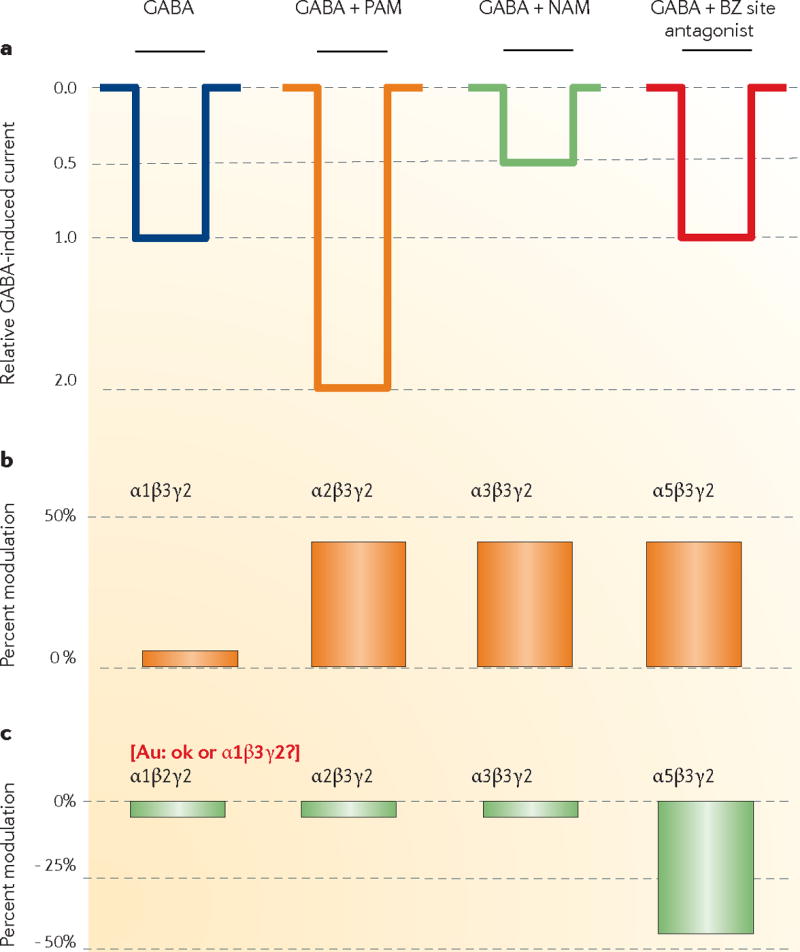Figure 3. GABA-evoked currents in human embryonic kidney 293 (HEK293)- cells.

(A) GABA is applied to a cell expressing a GABAA receptor subtype for the time indicated by the black horizontal bar resulting in a current symbolized by the blue trace. When GABA is applied in the presence of a positive allosteric modulator (PAM, BZ site agonist), the current is enhanced (orange trace). Negative allosteric modulators (NAM, BZ site inverse agonists) and neutral allosteric modulators (BZ site antagonists) either decrease (green trace) or have no effect (red trace) on the GABA-induced current. A subtype-selective modulation of the current is observed when GABA is applied in the presence of L-838,417 (B) or RO4938581 (C) to cells expressing various GABAA receptors. Percent modulation of GABA-induced chloride currents is shown. The lack of modulation of α1-containing GABAA receptors by L-838,417 is thought to be the basis for the lack of a sedative action of this compound in animals, whereas its partial positive allosteric modulatory (agonistic) action at α2-containing GABAA receptors (and potentially α3-containing GABAA receptors) is thought to be responsible for its anxiolytic-like action. Similarly, the lack of modulation of α1-containing GABAA receptors by RO4938581 is thought to be – at least in part - the basis for the lack of a pro-convulsive potential of this drug; the cognition-enhancing effects are hypothesized to be mediated via its negative allosteric modulation (inverse agonism) at α5-containing GABAA receptors. These illustrative traces are based on data in 12, 77.
